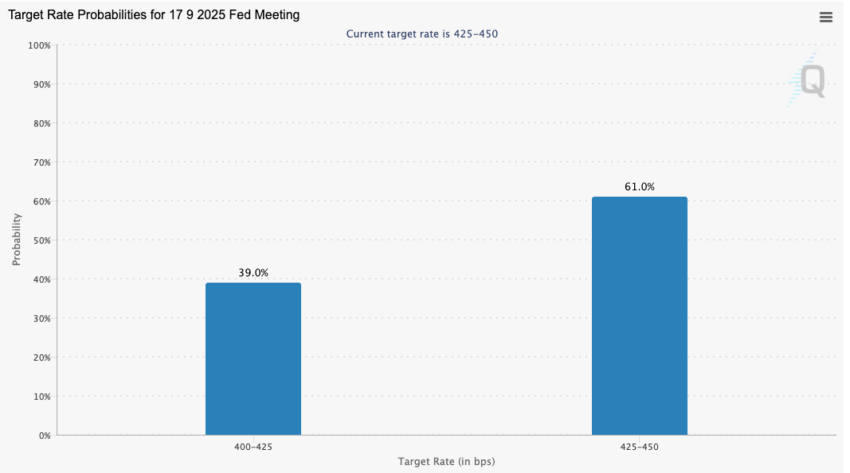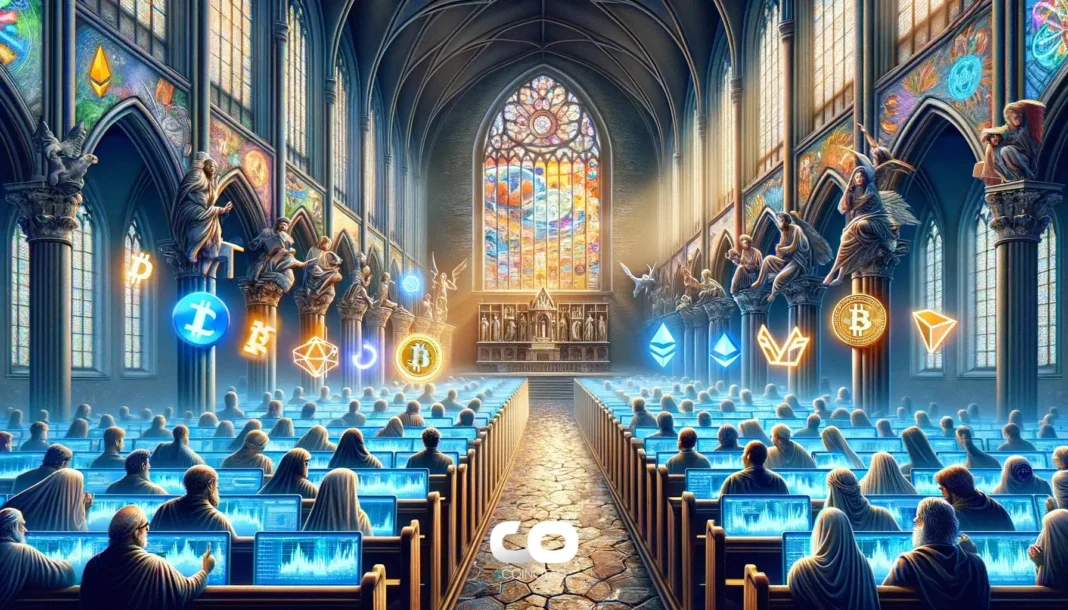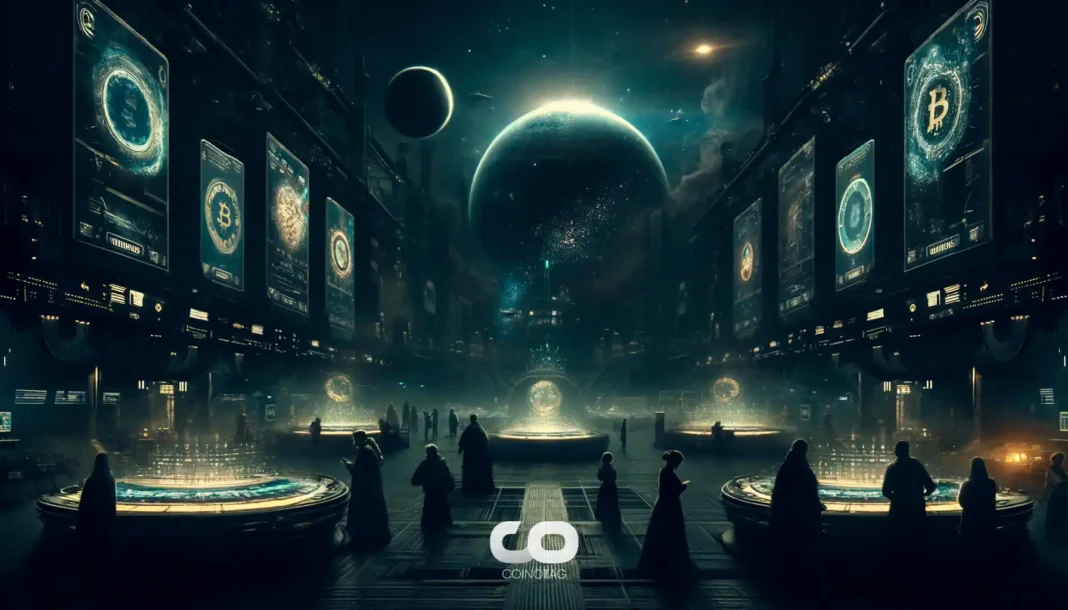Powell Turned Hawkish: Internal Fed Discord and Crypto Market Reaction
The Fed’s recent meeting revealed a split decision, with Powell signaling caution over the economy's slowdown. Crypto markets, including Bitcoin, reacted to uncertainty around future rate cuts.
The US Federal Reserve (Fed) Chair Jerome Powell’s unexpectedly restrictive tone sent shockwaves through markets. Fed held a Federal Open Market Committee (FOMC) meeting on the 30th and decided to keep interest rates unchanged at 4.25-4.50%.
The Fed has held interest rates steady for five consecutive meetings since January. This decision comes amid ongoing pressure from President Donald Trump to cut rates and growing calls within the Fed itself.
Powell’s Assessment Shifts Market Expectations
Although the decision to maintain rates unchanged was repeated, the underlying economic assessment has changed somewhat. The Fed stated, “Recent indicators suggest that growth of economic activity has moderated. GDP rose at a 1.2% pace in the first half of this year, down from 2.5% last year.” This assessment was more cautious than the June FOMC statement. Previously, the economy was described as “expanding at a solid pace.”
At the press conference, Chair Powell mentioned “downside risks to the labor market” twice.
Powell explained: “We do see downside risk in the labor market. I mean our two mandate variables right are inflation and maximum employment stable prices and maximum employment not so much growth. So, the labor market looks solid. Inflation is above target and, even if you look through the tariff effects, we think it’s still a bit above target and that’s why our stance is where it is. But, as I mentioned, you know, downside risks to the labor market are certainly apparent.”
This suggests that economic momentum weakened as consumers began cutting spending due to tariff concerns.
However, Powell emphasized: “The unemployment rate remains low and the labor market is at or near maximum employment. Inflation has been running somewhat above our 2% longer run objective.” In particular, he explained, “Despite elevated uncertainty, the economy is in a solid position.”
Bitcoin Falls Below $116,000 Amid Uncertainty Over September Rate Cut
The mood at the press conference underwent a dramatic change. When Powell first stood in front of the microphone, the market reaction was very calm. The market had expected the Fed to keep interest rates unchanged in July, and a rate cut in September seemed likely.
However, as the press conference progressed, economic indicators deteriorated in real time. The three major US stock indices—the Nasdaq, S&P 500, and Dow Jones—fell, and bond yields rose. The price of Bitcoin, which had been hovering around $117,800, briefly dropped below $116,000. This was because Powell hinted at a negative stance toward the September rate cut. Something that the market had already taken for granted.
When asked about a possible rate cut in September, Powell emphasized that “We have made no decisions about September. We don’t do that in advance. We’ll be taking that information into consideration and all the other information we get as we make our decision at the September meeting.”
The Fed is an institution that pursues two goals: employment stability and price stability. Given that it mentioned downside risks to the labor market in its previous rate decision statement, a rate cut in September would be a natural response from the Fed’s perspective.
Powell persistently maintained uncertainty regarding inflation on the same day. He explained: “I think you have to think of this as still quite early days” regarding tariff impacts, adding, “We expect to see more of that. And we know from surveys that companies feel that they have every intention of putting this through to the consumer, but you know, the truth is they may not be able to in many cases. So, I think it’s we’re just going to have to watch and learn empirically how much of this and over what period of time.”
This explanation seems reasonable at first glance. However, it also implies that the Fed may be unable to adjust policy for the next few months. The Fed is concerned about inflation. But for now, it is unclear how long it will take for tariffs to feed into inflation.
Fed Rates Policy: Internal Dissent Emerges as Powell Maintains Hawkish Stance
The notable point on that day was that two Fed board members disagreed with the Chair.
When the Fed decides on interest rates, meeting participants usually make a unanimous decision. This is the first time in 32 years that two members have voiced a different opinion in FOMC history. This indirectly shows that there are differing views within the Fed on the current economic situation.
The two members who advocated for a rate cut are Christopher Waller and Michelle Bowman. Both were appointed by Trump during his first term, with Bowman being promoted to vice chair during his second term.
They share Trump’s view that a rapid interest rate cut is necessary, but differ in the details. Trump argues that the US economy is strong and that interest rates should be cut to achieve stronger growth. Waller, on the other hand, argues that interest rates should be cut before the job market weakens.
 The CME’s FedWatch tool, which predicts interest rates, completely reversed its forecast for the September benchmark rate.
The CME’s FedWatch tool, which predicts interest rates, completely reversed its forecast for the September benchmark rate.
Waller pointed out that although non-farm jobs increased by 147,000 in June, exceeding experts’ expectations, the increase was largely in the public sector. Since the Fed is an institution that aims not only for “price stability” but also for “maximum employment,” it must fully consider that missing the timing of interest rate cuts could hurt the job market.
Following Powell’s hawkish remarks at the press conference, the CME’s FedWatch tool, which predicts interest rates, completely reversed its forecast for the September benchmark rate. The probability of a rate cut, which stood at 63.3% as of the 29th, the day before, plummeted to 43.0% immediately after the FOMC meeting.
Disclaimer: The content of this article solely reflects the author's opinion and does not represent the platform in any capacity. This article is not intended to serve as a reference for making investment decisions.
You may also like

Bitcoin Price Drop Near $112,000 Highlights Market Volatility and Potential Investor Strategies

Bitcoin Price Surpasses $113,000: Exploring Possible Drivers and Future Outlook

